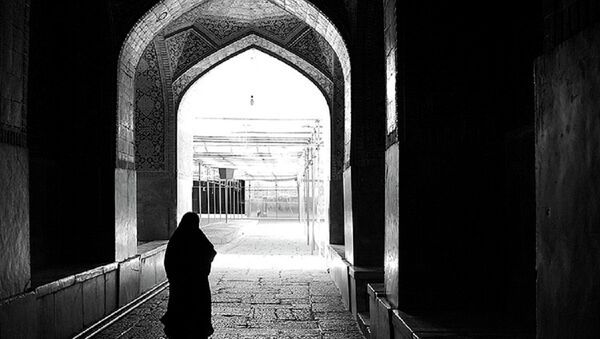MOSCOW (Sputnik) — The author of the essay, named A Strategic Plan to Defeat Radical Islam, Tawfik Hamid, found that most women do not wear the hijab in Sunni Muslim areas. He drew a link between the concentration of hijab-wearing and the probability of terrorist acts, with areas where the hijab is not commonly worn less likely to experience terrorism.
"Increasing numbers of women begin to wear the hijab, which is both a symptom of Salafi proliferation and a catalyst for Islamism… In turn, the proliferation of militant Salafism and the hijab contribute to the idea of passive terrorism, which occurs when moderate segments of the population decline to speak against or actively resist terrorism," one of the chapters in the paper, first reported on by The Intercept on Tuesday, reads.
He stressed that so-called passive terrorism is dangerous, because despite the fact that women in the hijab do not necessarily conduct terrorist attacks, passive terrorists "fail to denounce" active terrorists.
The article first appeared in the form of a white paper by the US Air Force Research Laboratory titled Countering Violent Extremism: Scientific Methods & Strategies. The study was first released in 2011, with its revised version published last January. The paper includes a wide range of essays, articles and comments written by academics and researchers focused on the issues of preventing radicalization and countering terrorism.


